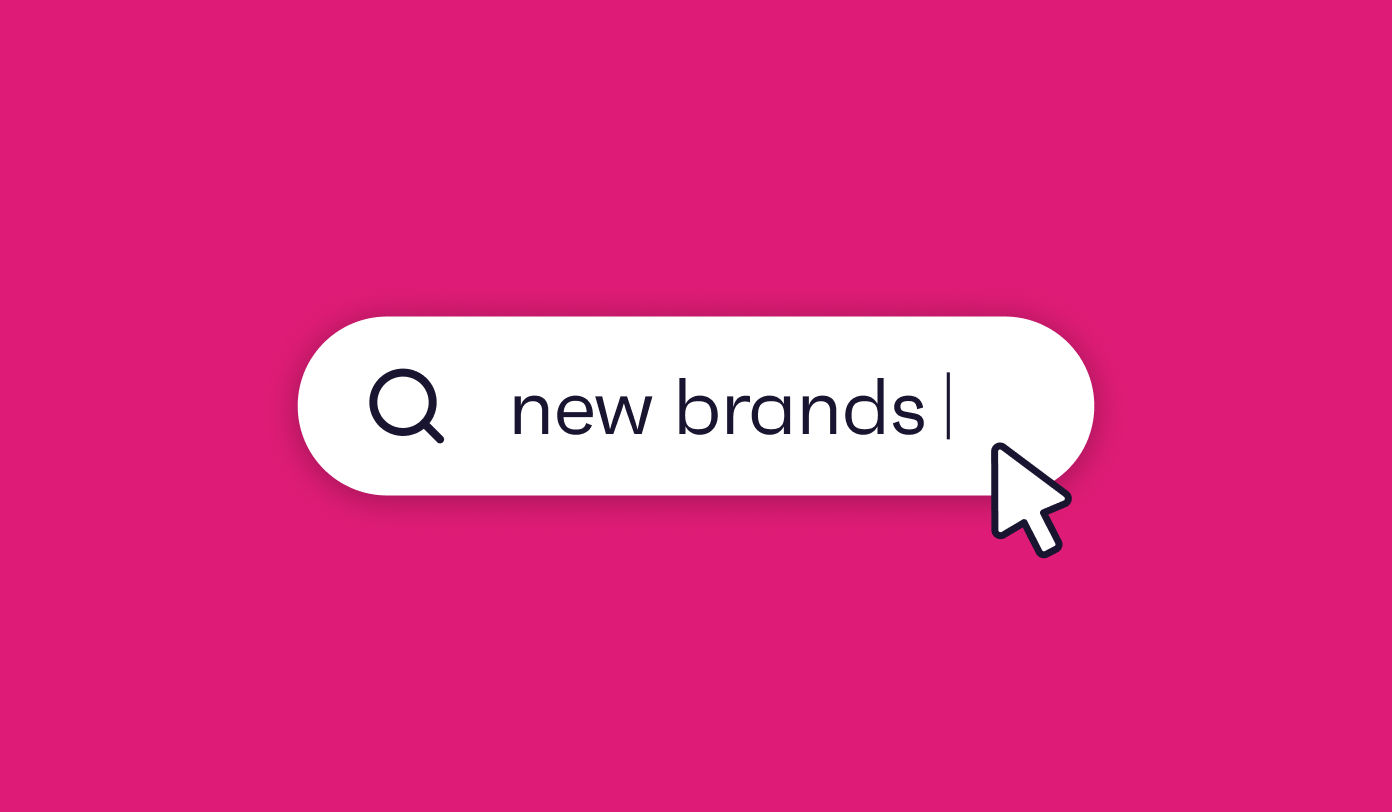“Not everything that can be counted counts, and not everything that counts can be counted.” — Albert Einstein
In the world of marketing, understanding your audience is key for maximizing effective output and impact. The more you know (or can find out), the better, and your messaging stands a far greater chance of resonating with your target customers.
Profiling your audience, whether to validate assumptions or for pure inspiration, has never been more crucial to get right in the age of the consumer. From client briefs or pitches right through to direct advertising campaigns and channel planning, the rules are the same:
- Treat your target audience as people not numbers.
- Understand what they’re doing and why they’re doing it.
- Build your activities and success metrics around this.
- Track the success of your work against your metrics.
This is a simple way to break this thought process down, and it’s a good way to look at it when analyzing the relationship between audience profiling and Customer Success.
What is Customer Success?
Customer Success is still a relatively new term in the business world, causing lots of “Isn’t that Customer Support?” and “Isn’t that what the Account Manager does?” questions — both of which can be answered with a resounding “No.”.
Customer Success focuses on the users first and foremost. This is opposed to the Account Manager/commercial relationship holder, who tends to work closest with key stakeholders. When it comes to explaining the differences between Customer Success and Customer Support, I always use this phrase: “A customer/user will always contact you when they need help or they are stuck when using your product/service — Support.
A customer/user will never write in to tell you they’re not using your product; you just won’t hear from them again! — Success”.
The tasks and remits of Customer Success can vary quite significantly from one organization to another, but they can ultimately be summarized in the following key points, all based around a proactive approach, rather than a reactive one:
- Implementation (of your product/service).
- Adoption & education (of your product/service).
- Retention & growth (usually without direct involvement with the commercial relationship).
As I mention above, the Customer Success team tend to focus on end users, very much taking a “one-to-many” approach. This enables CSMs (Customer Success Managers) to be far more effective in their reach to end users, whilst still providing a quality, personalized experience for the user .
Understanding Your ‘Audience’
For the one-to-many approach to work in the world of Customer Success, the CSM needs to understand several key bits of information about their users, or ‘audience’:
- Who the users are in their organization — what role do they play?
- How they currently work — what’s going to draw them towards your product/service?
- What they’re looking to achieve — building success metrics and activities to support these objectives.
- How to demonstrate ROI and success to the client — ultimately leading to retention and (preferably) growth.
Likewise, when summarizing the key points for marketing activities in the opening of this post, I’ve kept things quite high level for making the point. Those of you paying attention may have noticed some sincere similarities between the four points for Customer Success processes and the original four I made for marketing activities; understanding who, what and why/how are always first and foremost in both examples.
This consequently leads to a far better, tailored message/education, which then significantly increases the likelihood of engagement from your audience/users.
What stands out as quite a fundamental difference between both audience profiling and Customer Success is how you uncover the important & useful insights about your target recipients. In marketing, there are various vendors providing powerful consumer insights and other such providers offering the software to analyze the data — GlobalWebIndex providing both, as well as giving easy access to run your own custom research and even validating your campaign/advertising effectiveness using GWIQ.
In Customer Success, there are really two key ways to uncover the required knowledge about your target users:
- Through fact-finding and discovery questions to both users and key stakeholders — you may even run questionnaires or surveys amongst your user base to uncover this. (Often pieces of this useful information will be uncovered during the sales process.)
- Assumption-based segmentation — where you would assume a particular group of users would hold a particular agenda or use-case based on their similarities with other clients from a similar vertical (least accurate).
Measuring the success of your work in Customer Success is also not as clear cut, as it can really be moulded to both the success goals of the customer, and what you track as metrics internally for your Customer Success teams. Using a tool like Gainsight can help you track and measure the trends and successful outputs of your CSMs to identify what is working and what isn’t with your Customer Success efforts and what works best for your company.
The lesson here is quite simple: the more you know about your target ‘audience’, the far greater your chances of success.
Tailor success metrics respectively, correlating with what you uncover about your audience — this way the whole end-to-end process becomes about the individual(s), not about the numbers, and most importantly; they’ll listen to what you have to say.





.webp?width=495&height=317&name=pink_thumb_graphs%20(1).webp)
.webp?width=495&height=317&name=pink_thumb_letter%20(2).webp)
